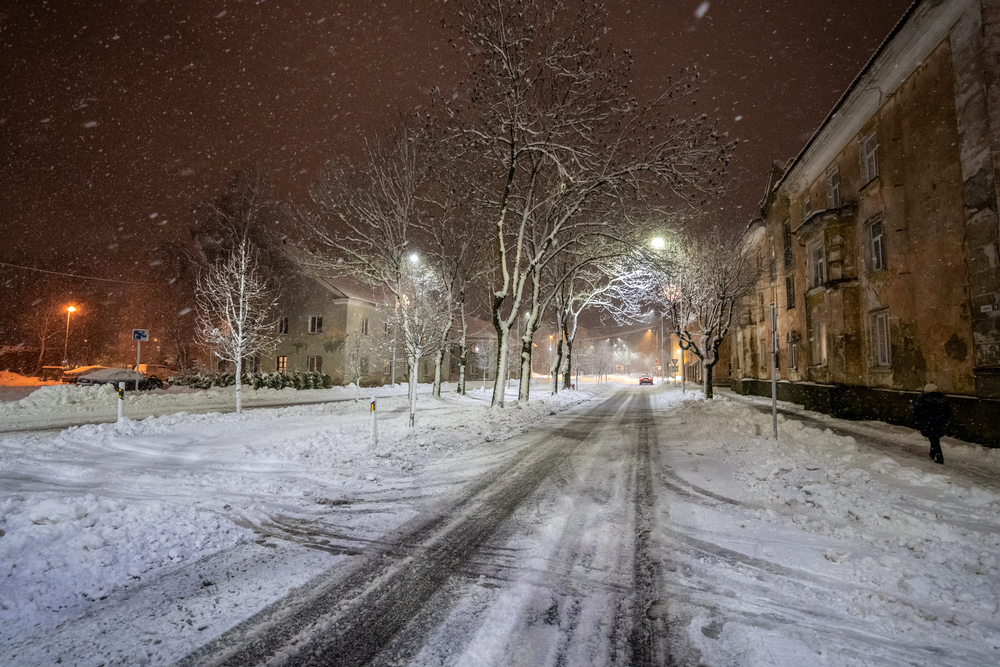
A December night in 1984 and a blanket of snow changed the direction of Burney, California. Two teenagers, Terry Arndt and his date, had stopped on an abandoned stretch of Mountain View Road just steps from the activity of a high school basketball tournament. What followed was a tragedy that would plague neighbors and families for decades: a stranger appeared, shot 18-year-old Terry as he tried to defend his friend, and raped the young woman and disappeared into the night, his escape made easy by thick falling snow which obliterated his trail.
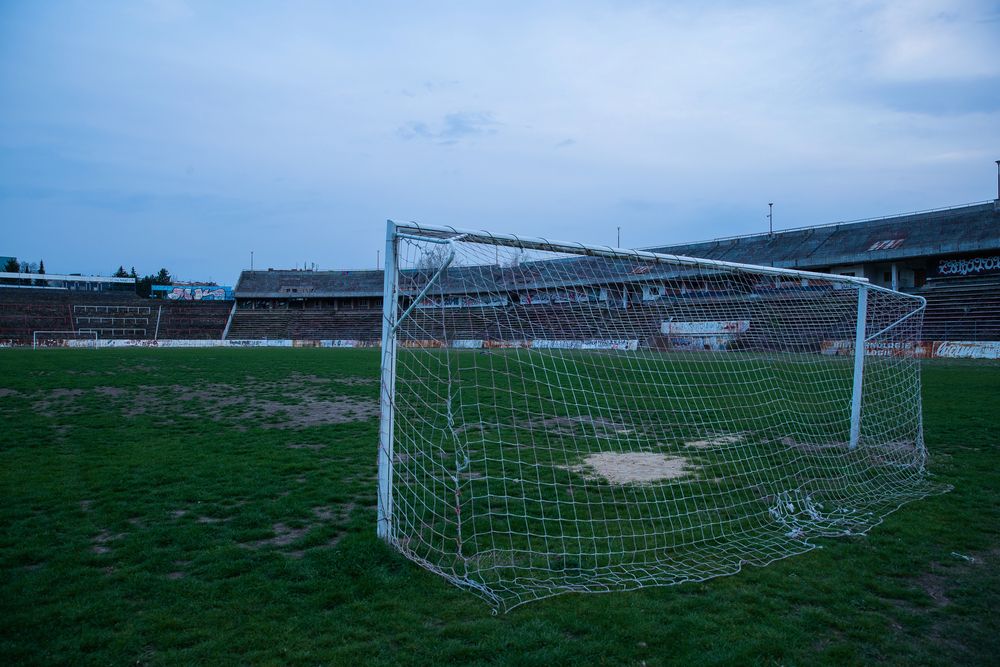
1. The Ripple Effect of Violence in a Small Community
The murder of Terry Arndt stunned his family shocked the rural Shasta County community, too. As his high school football coach described, the loss “really hit hard on the community.” Terry wasn’t solely an athlete; he was a quiet leader, admired by teammates and coaches. His father, Keith Arndt, and mother, Judy Arndt, discussed the intensity of their grief years later, stating that they had never visited the grave of their son because “Terry was in heaven, not a cemetery.” Such trauma endures, leading to fragmented social relationships and a collective experience of loss that can last for generations.

2. Four Decades of Unsolved Mysteries and Continued Trauma
The case remained unsolved for over forty years. The initial investigation was exhaustive, but even a $10,000 reward and countless hours of police work could not bring closure. The wrong suspect was even jailed for two years before DNA proof ended his nightmare. This uncertainty contributed to the suffering, with neighbors and families left with loose-ended sorrow and mistrust a pervasive theme in neighborhoods rocked by senseless violence. As the Adverse Community Experiences and Resilience Framework describes, this type of trauma doesn’t just happen to individuals; it happens to social networks, degrades trust, and can alter community norms.

3. The Breakthrough: Science Meets Justice
Hope arrived in 2025, when scientists turned to Othram Labs in Texas, a leader in cutting-edge forensic DNA research. By employing Forensic-Grade Genome Sequencing®, scientists at Othram constructed an extensive DNA profile from evidence that had been conserved since 1984. Their genetic genealogists traced the profile to possible relatives, ultimately locating 64-year-old Roger Neil Schmidt, who was a resident of Burney when the crime was committed.

Shasta County Sheriff Michael Johnson said, “The application of fresh DNA techniques examined by Texas-based Othram opened the whole new pathway to the case, which ended up in the arrest of the suspect ultimately.” Schmidt was arrested in Tucson, Arizona, and is awaiting extradition to face a murder charge and charge of sexual assault.
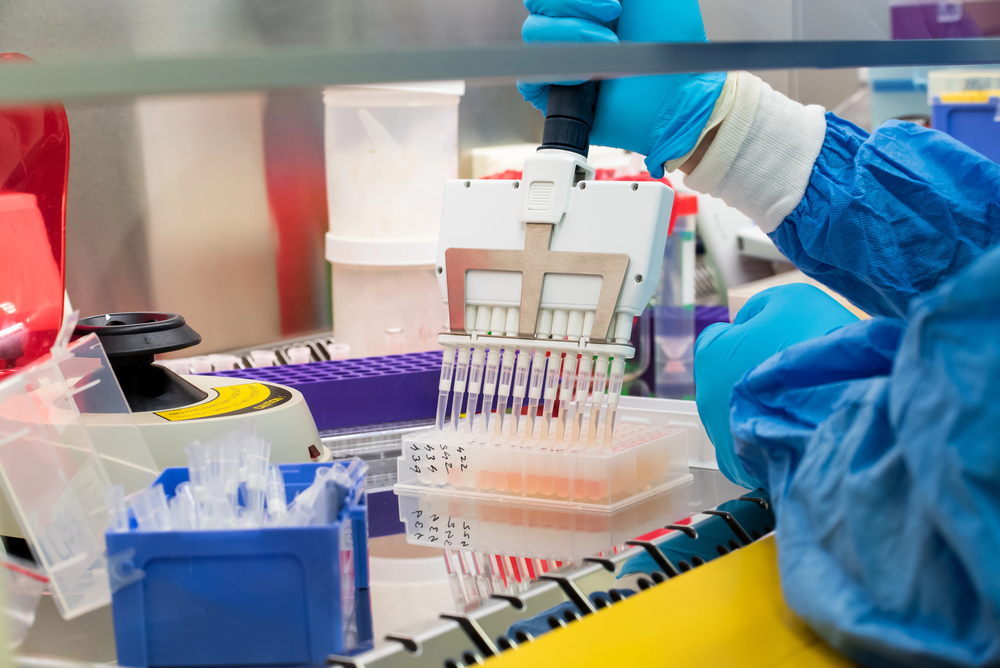
4. How DNA Technology Is Changing the Cold Case Landscape
This is just one of the ways that forensic genealogy is transforming criminal investigations. Othram’s Director of Case Management, Michael Vogen, explained, “Cases no longer need to go cold. Cold cases are over.” Traditional DNA testing examines only a few genetic markers, whereas Othram examines hundreds of thousands sometimes tracking down leads as far back as a sixth cousin. This powerful technology has cracked numerous California cases in the last few months, bringing solace to families who have waited lifetimes, or at least years, for closure.
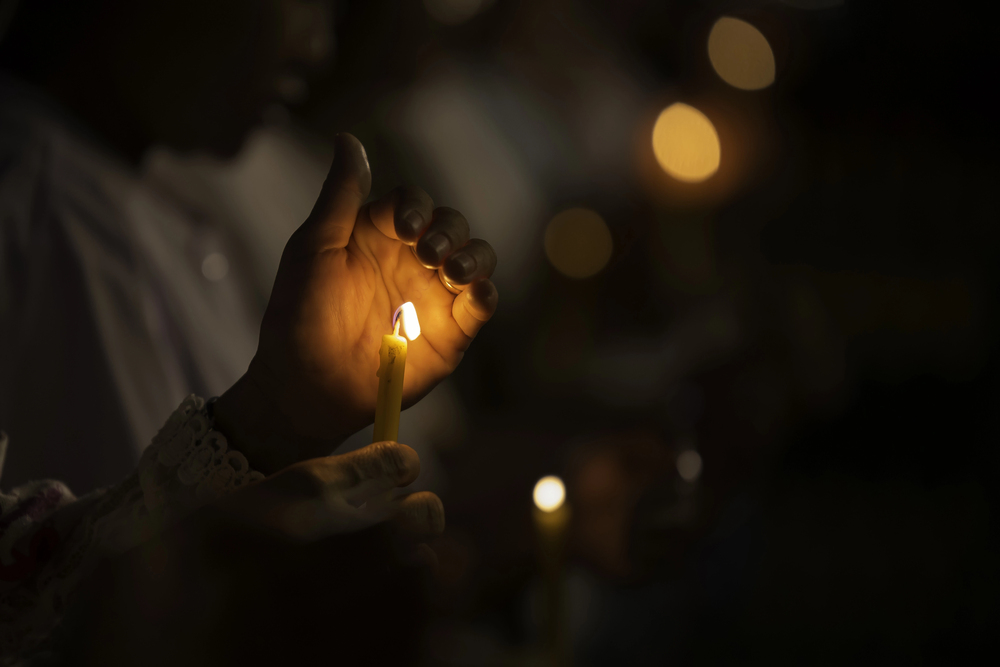
5. The Emotional Process: From Hopelessness to Bittersweet Closure
For those remaining behind, solving a cold case is a bittersweet combination of relief, sorrow, and reflection. As one of the members of the family in a similar situation explained, “Like I said, your mind goes to far out places when you don’t know the truth. So it’s like a bittersweet justice.” I’m relieved there must be other people you know who will be in the same place as me.” Prolonged waiting to find out the truth can exacerbate trauma, but finally discovering the truth can also be a step toward healing. Most families, including the Arndts, turn to service organizations like Justice for Homicide Victims, which offer counseling, legal consultation, and a network of others who share the unique pain of losing a loved one to violence.
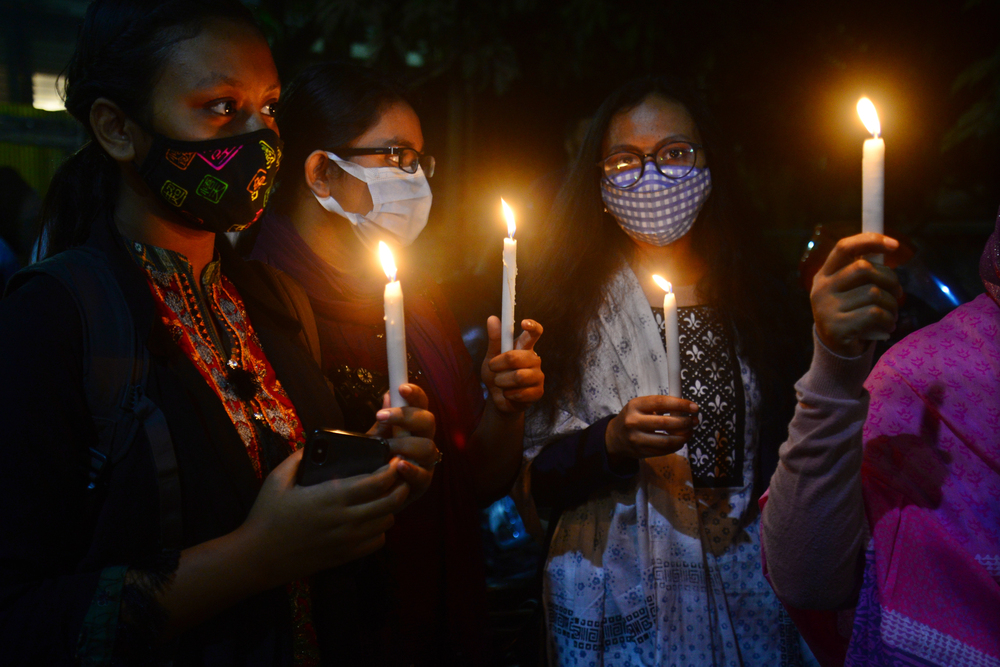
6. Building Community Resilience after Tragedy
The impact of violent crime is felt far beyond the immediate victims. Trauma has been found to erode social cohesion, foster distrust, and even change a community’s perception of itself, the Adverse Community Experiences and Resilience Framework suggests. But resilience is possible. Restoring social relationships, creating safe public space, and generating economic opportunity are some of the strategies that can help. Healing on a community level typically starts with open-ended conversations, restorative justice practices, and visible acts of solidarity like memorial ceremonies or support groups that allow everyone to remember that they’re not alone in their grief.

7. The Strength of Advocacy and Ongoing Support
For those wanting justice, organizations like Justice for Homicide Victims enter the picture. Their volunteers, many of whom are themselves survivors, bring information through the justice system, connect survivors with therapy, and advocate for victims’ rights at every turn. Their motto, “Justice will be served only when those who are not injured by crime feel as indignant as those who are,” calls up the power of collective response to disaster. As more cases are solved by advances in forensic science, these support networks remain crucial in helping survivors navigate through the bewildering feelings that follow.

Terry Arndt’s case is a testament to the enduring strength of a fierce community that never lost hope of discovering justice and healing. While no technology can ever eliminate the pain of loss, the prospect of closure and knowing answers exist, even years later, leaves a glimmer of hope in the eyes of all families still holding on.


